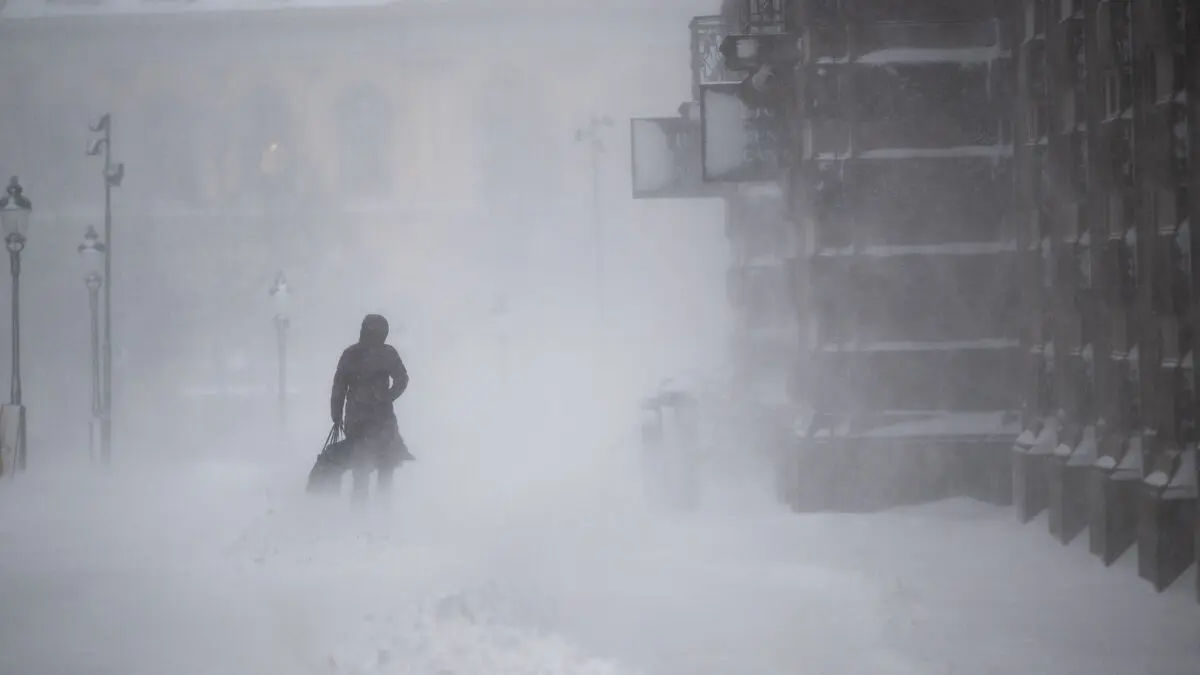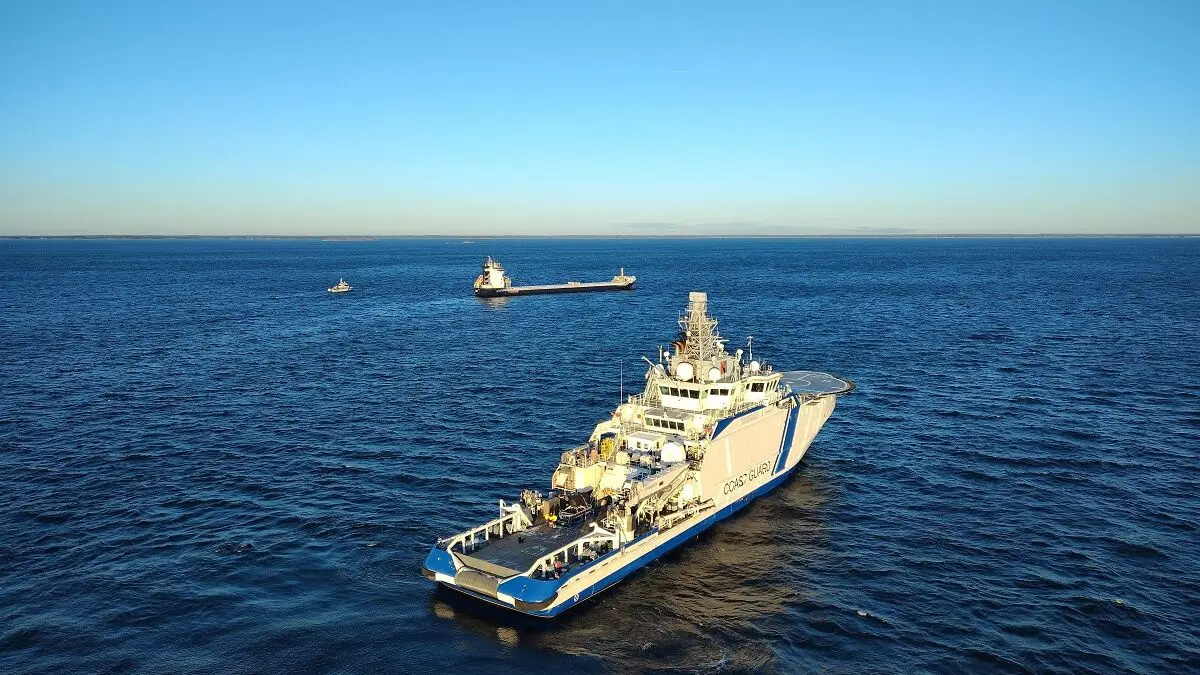Expect slightly higher electricity prices this fall when new EU rules increase the flow.
This is the price most Swedes will have to pay for more efficient and climate-friendly electricity production.
However, people in Skåne may get lower prices.
Generally, prices will be evened out and converge, says Erik Ek, strategic operations manager at Svenska Kraftnät.
But this does not mean that it will only become more expensive in northern Sweden and cheaper in southern Sweden. Sweden is connected primarily to the Nordic countries and northern Europe. Exactly how much higher Swedish electricity prices will become is difficult to say. It depends on the season, demand, and available production at specific times.
This is what's happening
The test runs conducted by the authorities over the past year show that prices generally increase in almost the entire country, most in electricity area 3 (Svealand and northern Götaland), plus eleven percent – despite it often being more expensive there than in Norrland. Norrlanders will get a nine percent higher electricity price, which in öre terms will be relatively small amounts.
Electricity area 4, southern Götaland, will land on a slightly lower price: minus two percent compared to today's model.
This model is for the whole of Europe. And we are connected to the continent as well, says Erik Ek.
Winners further south
So it's rather that electricity consumers in countries south of Sweden who will benefit from this, for example, the Danes will get a slightly lower price. This is because the price is often higher there, and when more Swedish, fossil-free, cheaper electricity is transported there, the price drops. The more efficient flows also include a positive climate impact.
The purpose is to make the electricity system more efficient. More electricity can be transported with the new way of controlling flows, which is based on EU rules. Erik Ek describes it as getting extra power lines without building new ones.
Can it then reduce price peaks?
Yes, it does. But the model itself does not optimize Sweden. It optimizes the whole, says Erik Ek.
It can be the opposite
And sometimes Sweden is dependent on imports from other countries. Then increased flow capacity across regions and borders is good from a domestic perspective.
At certain times, we have the highest price in Sweden. Then it's winter and it's cold. You can also look at industrial development in the north that needs more electricity. And then we can get more electricity there. But generally, we have had a lower price than neighboring countries. Then we will generally get a higher price here.
The purpose of the flow-based capacity calculation method is to increase the socio-economic benefit – more electricity should be able to be transported in the existing grid than today.
Today, availability is calculated in the electricity grids without information about exchange in trade. With the new method, availability is determined in parallel with exchange in trade. The new method is based on actual availability in real-time.
Source: Svenska Kraftnät





